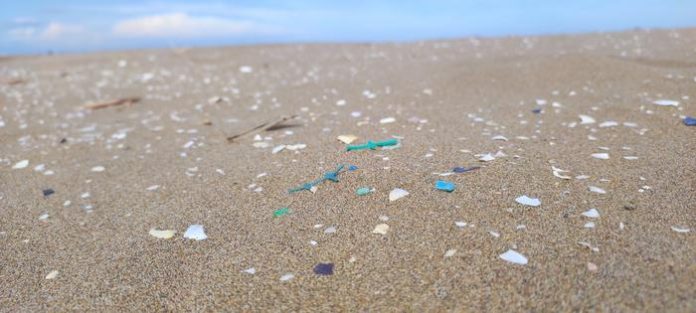The international project “i-plastic,” involving the Institute of Environmental Science and Technology at the Universitat Autònoma de Barcelona (ICTA-UAB), has revealed alarming levels of microplastic contamination in aquatic species inhabiting river mouths flowing into the Mediterranean Sea and Atlantic Ocean. Molluscs, particularly adept at filtering water, emerge as the most affected group.
Rivers stand out as primary contributors to microplastic (5 to 0.0001 mm) and nanoplastic (smaller than 0.0001mm) pollution in oceans, with estuaries serving as critical accumulation zones. The particles, retained in sediments, pose a significant threat to aquatic ecosystems by capturing harmful chemicals, entering the food web through ingestion, and bioaccumulating in higher trophic levels, including economically valuable species.
Among the project’s key findings, 85% of mussels and 53% of oysters analyzed had ingested microplastics. Estuarine-dependent marine fishes showed a 75% prevalence, while coastal regions influenced by estuarine outflows revealed high rates in species like European hake (86%) and Norwegian lobster (85%). Notably, nanoplastic pollution, potentially more hazardous than microplastics, demonstrated an increased risk for estuarine and marine species, as observed in mussels.
The ubiquity of pollution in estuaries and adjacent coasts, spanning the Mediterranean and tropical and temperate zones, is emphasized by Patrizia Ziveri, the project coordinator and oceanographer at ICTA-UAB. Sediment analysis reveals a parallel increase in particle accumulation, mirroring global plastic production. Urban centers and wastewater treatment plant outflows, particularly rich in microfibers, the prevalent form of microlitter, contribute significantly to pollution near river mouths. Microplastics deposited on the seafloor persist due to a lack of erosion, oxygen, and light, leaving an enduring imprint of human pollution.
Michael Grelaud, the project coordinator and oceanographer at ICTA-UAB, highlights that plastics from as far back as the 1960s remain on the seabed, exemplifying the longevity of this environmental challenge. Ocean currents can transport particles deposited on the seabed across vast distances within months, illustrating the global reach of microplastic pollution.
The researchers advocate for bioremediation as a promising strategy to address microplastic pollution in coastal marine environments. Laboratory experiments demonstrated that filter-feeder communities removed nearly 90% of microplastics from surrounding waters, offering hope for mitigating the pervasive impact of plastic pollution on aquatic ecosystems.















